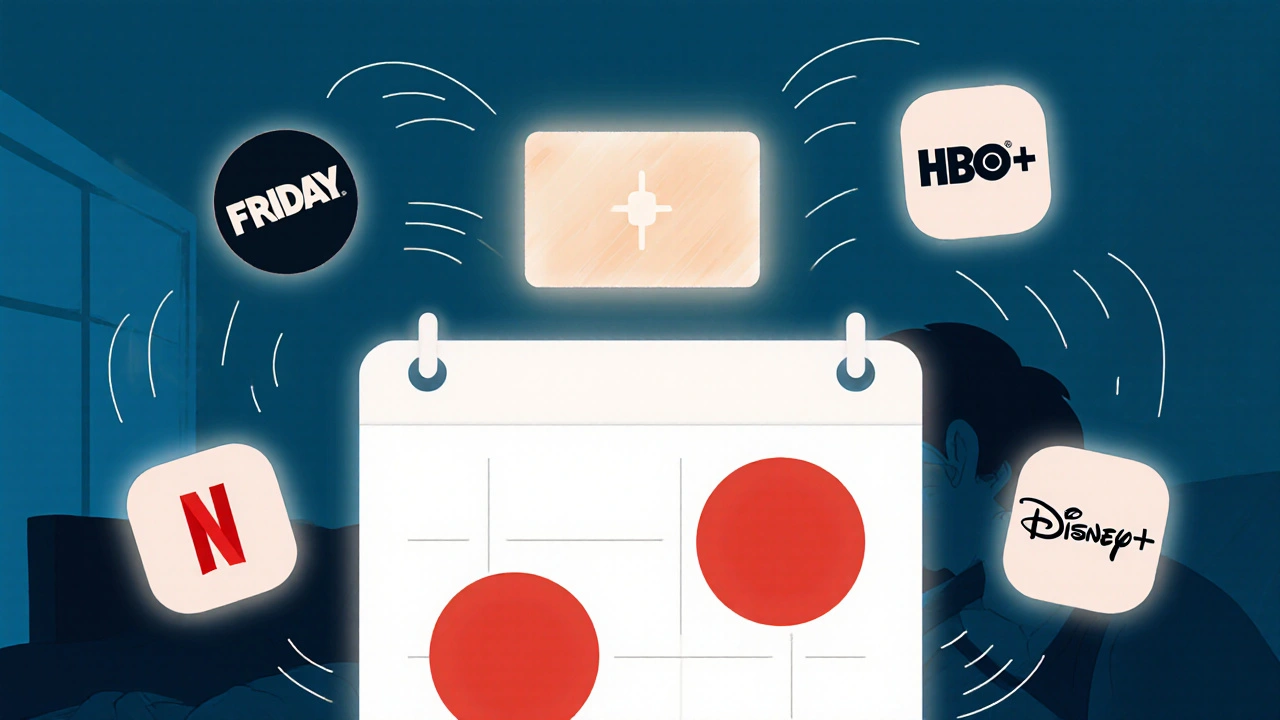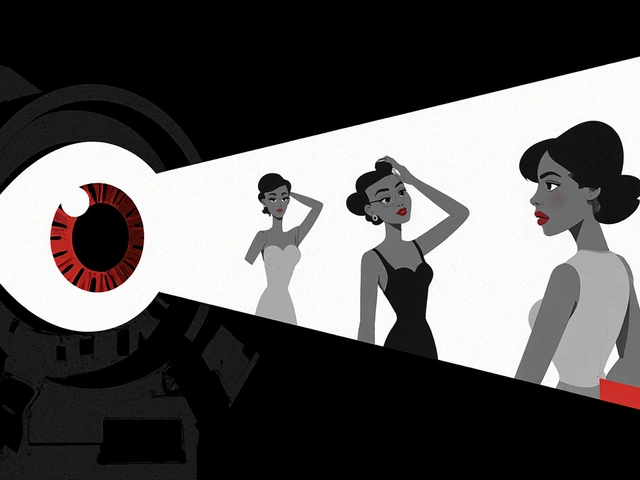Platform Context: How Digital Platforms Shape Video Content and Viewing
When we talk about platform context, the environment and rules set by digital services that determine how video is created, distributed, and consumed. Also known as content delivery environment, it's not just where your video plays—it's what shape it takes, who sees it, and why it succeeds or fails. A TikTok clip isn't the same video as the same clip on YouTube or Netflix. The platform changes the rules: length, pacing, sound design, even the emotional tone. You can’t just upload the same thing everywhere and expect the same results. That’s the core truth behind platform context.
Think about streaming services, digital platforms like Netflix, Disney+, and Stan that curate, recommend, and monetize video content through subscription models. They reward bingeability, slow burns, and serialized storytelling—so shows are built to keep you hooked over weeks. But on social media platforms, platforms like TikTok, Instagram Reels, and YouTube Shorts that prioritize short-form, algorithm-driven video discovery, attention lasts seconds. That’s why a 30-second explainer on TikTok needs a punchy hook in the first frame, while a 45-minute documentary on Apple TV+ can take three minutes to build mood. The same story, told differently, because the platform demands it.
And it’s not just about format. content distribution, the strategy and systems used to deliver video to audiences across different digital channels is shaped by platform algorithms. YouTube pushes watch time. TikTok pushes engagement speed. Netflix pushes retention. That’s why some videos go viral on one platform and die on another—not because they’re bad, but because they don’t match the platform’s hidden math. Even something as simple as subtitles matters: TikTok viewers watch with sound off 80% of the time, so captions aren’t optional—they’re part of the story.
Then there’s the audience. On YouTube, viewers search for answers. On Netflix, they scroll for mood. On Instagram, they watch to feel connected. The platform doesn’t just deliver content—it shapes why people are watching in the first place. That’s why a horror film thrives at Fantastic Fest, a genre film festival where audiences seek immersive, niche, and boundary-pushing horror experiences, but might flop as a Netflix premiere if it doesn’t fit the platform’s broad appeal model. The context isn’t just technical—it’s cultural.
You’ll find posts here that dig into exactly how this plays out. Some show how anime films break box office records because theaters turned screenings into fan events. Others explain why email filters matter—because streaming services bomb you with renewals you didn’t ask for. You’ll see how editing tools like Premiere Pro and Canva are chosen not just for power, but for what the platform demands. Whether it’s batching transactions to keep blockchain fees low or using heatmaps to decode why a movie divides viewers, every piece here connects back to one truth: video doesn’t exist in a vacuum. It lives in a system. And that system? It’s the platform context.
7
Covering Streaming Originals: Release Timing and Platform Context
Streaming originals don't just drop randomly - their release timing and platform context shape how audiences experience them. Learn why when and where a show lands matters as much as the story itself.
Latest Posts
Popular Posts
-
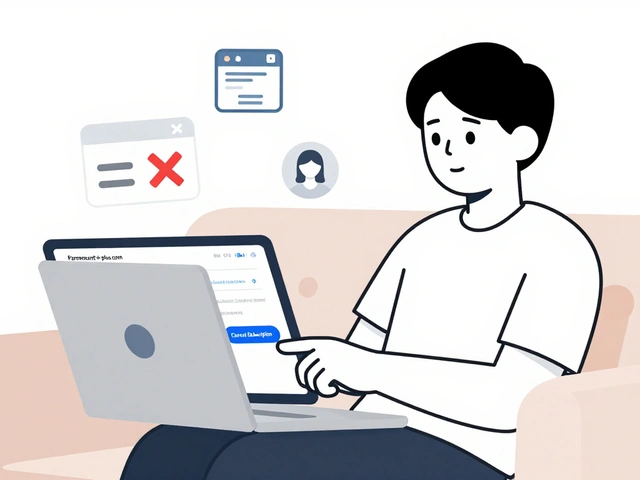 How to Cancel Paramount+: Step-by-Step Guide
How to Cancel Paramount+: Step-by-Step Guide
-
 App Layout Strategies: Organize Streaming Services by Genre and Use
App Layout Strategies: Organize Streaming Services by Genre and Use
-
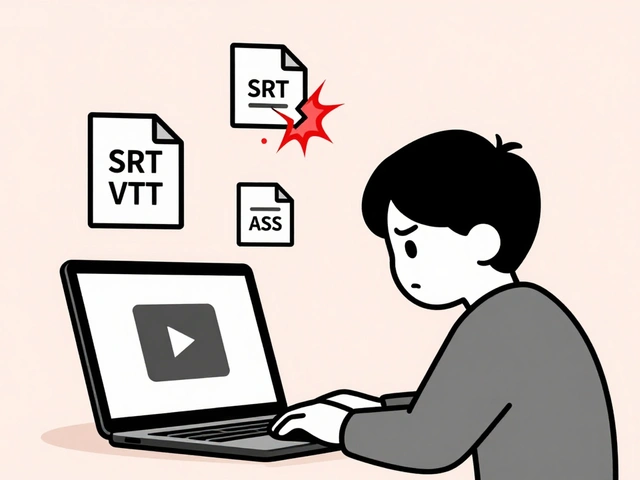 Why Subtitles Aren't Working: Fix Common Video Text Issues
Why Subtitles Aren't Working: Fix Common Video Text Issues
-
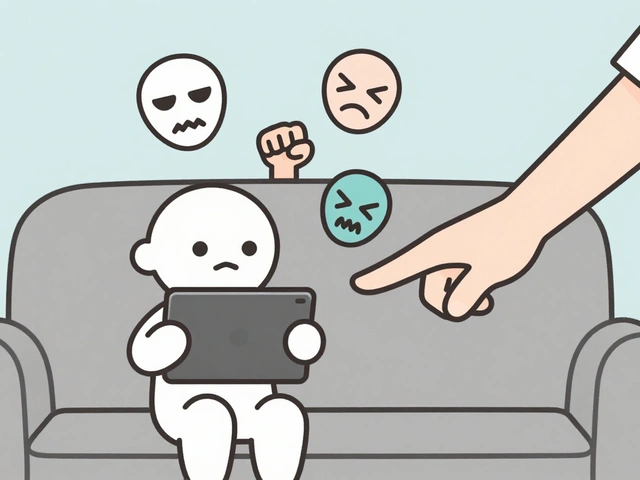 Parental Controls on Free Streaming Apps: How to Keep Kids Safe Online
Parental Controls on Free Streaming Apps: How to Keep Kids Safe Online
-
 Custom DNS for Streaming: Can Switching DNS Improve Video Start Times?
Custom DNS for Streaming: Can Switching DNS Improve Video Start Times?
